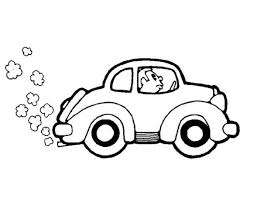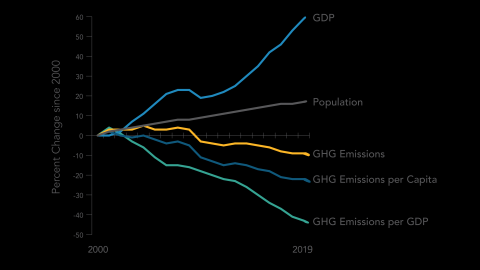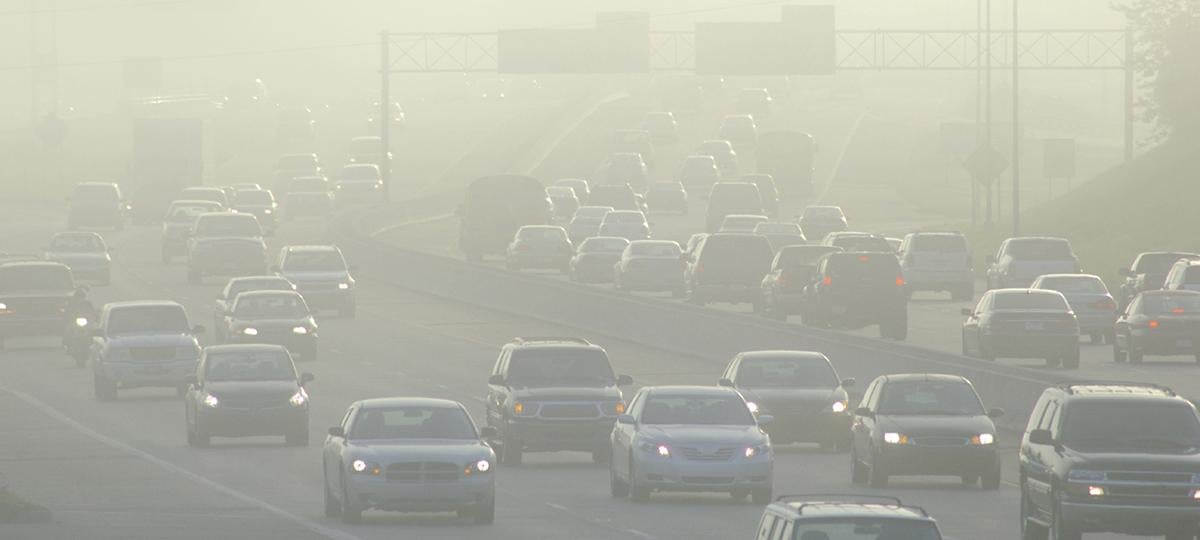Los Angeles Highways: A Fast Lane For Pollution
Alejandro Bermudez
Los Angeles is one of the most well known cities in the world filled with diversity, landmarks, and central hub for all types of cultures. Being one of the largest cities in the United States it is a heavily populated area. With plenty of sites to see and locations to explore, traveling is a main aspect of being in Los Angeles and the highways provide faster routes to these locations than driving by street. These highways may provide faster transportation but can be harmful to its neighboring communities. Considering the population of Los Angeles CO2 emissions are highly concentrated in highways especially due to traffic but its not only the pollution but the location in where the highways takes place. A 2013 study by the US: Public Library of Science researched pollution levels in relation to neurodevelopment deficiencies after prenatal exposure to pollutants. The study showed a relationship between increased baby birth rates and prenatal exposure. Therefore children are more likely to be obese as a response to living near pollution along with asthma and higher chance of depression in adult males. The research also noted the location of most highways being near low-socioeconomic areas where it may be more difficult for its residents to receive the adequate treatment to prevent these deficits.

This issue is personal to me not only because I personal live near several highways but because overall it is effecting our climate and communities. The highways are very helpful in traveling but the amount of pollution caused by them can be reduced by putting more emphasis on public transportation and encouraging carpooling. If we focus on reducing pollution levels through these methods instead of creating more highways that can lead to more vehicle pollution and more people being relocated we can provide a healthier environment for our community while benefiting our climate.
What especially hurts about the amount of pollution and where it is located is how it effects the youth before they are even born. I work with children and I see some with asthma and breathing issues. Although they may have been born with it knowing that the environment we are in already puts them at a disadvantage is terrible. Also knowing that the lack of effort in reducing emission levels is providing an unhealthy environment for future generations yet not taken as seriously is very alarming. I believe we must work in the present to provide a healthy environment not just for ourselves but for future generations.
☁ ☁
☁ ☁
☁
The I-710 freeway has been of main focus when discussing car emission levels members of neighboring communities mention the unhealthy air quality surrounding the highway. In a 2005 research held by Gunwoo Lee and colleagues focused on reducing the emission rate in the freeway since the highway runs through the San Pedro ports contributing vastly to California's economy they tried to reduce the emission without disrupting the economy. The researchers discovered that transition to zero-emission trucks instead of diesel resulted in other modes of transportation to be used such as rails. These changes were noted that emission levels have gone down and have spread less.
How Can We Help?
The EPA provides a guideline of a few ideas that can help reduce vehicle emissions:
- Carpooling or using rideshares
- Using public transportations
- maintaining vehicle tune ups
- Electric vehicles
- Hybrid/Hydrogen fuel cell vehicles
Under California's Global Warming Solutions Act we are able to see a trend in Greenhouse Gases (GHG) decreasing over the decade. Through policies being placed such as the no-emission vehicles being used for transportation and an increase in public transportation we can see a great decline over the past decade. Although most emissions are still concentrated within low socioeconomic neighborhoods efforts towards pollution are more focused on reducing instead of relocating the emissions.

Our Supportive Community Members
References




Comments
Post a Comment